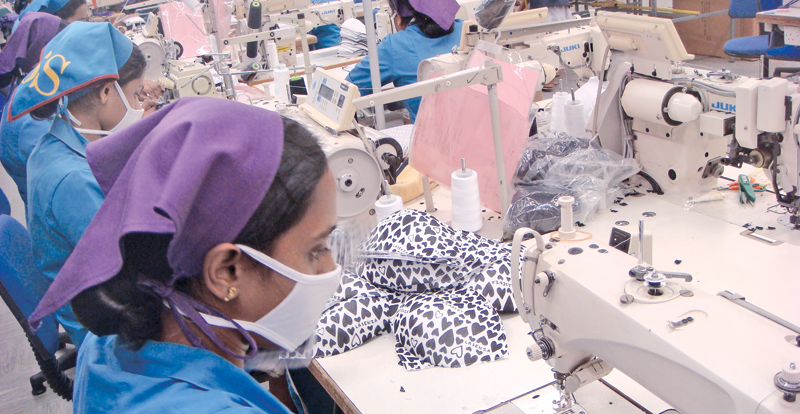Empowerment exists when women can equitably participate in, contribute to, and benefit from economic opportunities as workers, consumers, entrepreneurs, and investors, and, equality exists when all women and girls have the same opportunities as men and boys for education, economic participation, decision-making, and freedom from violence.
While International Women’s Day is now largely aimed at inspiring women across the world and celebrating their achievements, its roots are in movements campaigning for better pay and voting rights. International Women’s Day (IWD) is celebrated on March 8 every year. It commemorates the movement for women’s rights.
While the first observance of a Women’s Day was held on February 28, 1909 in New York, March 8 was suggested by the 1910 International Woman’s Conference to become an “International Woman’s Day.” After women gained suffrage in Soviet Russia in 1917, March 8 became a national holiday there. The day was then predominantly celebrated by the socialist movement and communist countries until it was adopted in 1975 by the United Nations.
female representation
Sri Lanka is a country, which granted the franchise to women even before many developed Western countries. As a result of this background, Sri Lanka was able to produce the world’s first woman Prime Minister as well as the first Executive President.
The Government has taken a policy decision to increase the female representation in all political decision-making bodies. As the first step, the Government in March last year amended the Local Authorities Election Act to include 25 percent quota for women at the Local Government elections.
An Elections Department official said that female representation in Provincial Councils is about 4 percent as of now.
Although Sri Lanka produced first prime minister of the world, Mrs. Sirimavo Bandaranaike in 1960 and her daughter Chandrika Bandaranaike became prime minister first and later the executive president, the female representation in Parliament is as low as 5 percent.
It is all the more unfortunate when considering that this is lower than many other South Asian countries. Although Sri Lanka is high in many human development indices, when it comes to women representation in parliament, it is mere 5% , which is comparatively a lot less than Nepal (33.2%), Bangladesh (19.7%) and India (10.9%).
Sri Lankan women are well aware of politics. It is not a question of the lack of political awareness and empowerment among women for such low representation, but they are extremely reluctant to enter the political arena as they are hampered by the social norms. The general notion among the public is that the political campaigns are run mostly by males. Campaigns are known for rowdy acts, and distribution of liquor and it is no place for even a decent male, not to talk about decent womenfolk.
When it comes to education, we see girls are taking top positions in almost all examinations from Grade 5 Scholarship Examination to General Examinations on ordinary level and advanced level. For the last few decades female graduates at universities outnumber the males. Furthermore, the right to education has paved the way for women in our country to secure highest positions in the administrative system of the country. Hence nobody could say women do not have the required competency and knowledge to contribute to national policy formulation effectively.
New political culture
As President Maithripala Sirisena often says, what is essential is to nominate ‘clean’ and ‘pure’ candidates so that the general image of politician could undergo a transformation and new political culture could be established. In such a scenario one can expect qualified women entering the field of politics in sufficient numbers.
Another objective of the present government is to develop female entrepreneurship and to increase the female participation in industries and production. Thus, special loan schemes and entrepreneur training programmes have been activated in government and non- governmental level.
The final objective behind all these programmes is to ensure the female of the country amounting half the entire population to be an equal partner of a nation which possesses a high social development.
As the root cause to most issues, education is a facility which empowers all the social scenarios into better live been. In Sri Lanka education is compulsory up to a certain age. This has identified as a great achievement of our country among all the de facto.
Girls’ education is a strategic development priority. Better educated women tend to be healthier, participate more in the formal labor market, earn higher incomes, have fewer children, marry at a later age, and enable better health care and education for their children, should they choose to become mothers. All these factors combined can help lift households, communities, and nations out of poverty.
Girls’ education goes beyond getting girls into school. It is also about ensuring that girls learn and feel safe while in school; complete all levels of education with the skills to effectively compete in the labour market; learn the socio-emotional and life skills necessary to navigate and adapt to a changing world; make decisions about their own lives; and contribute to their communities and the world.
All the beliefs of ours lie upon on this International Women’s day celebration that these celebrations would usher an important debate on these progressive social development objectives.



Add new comment